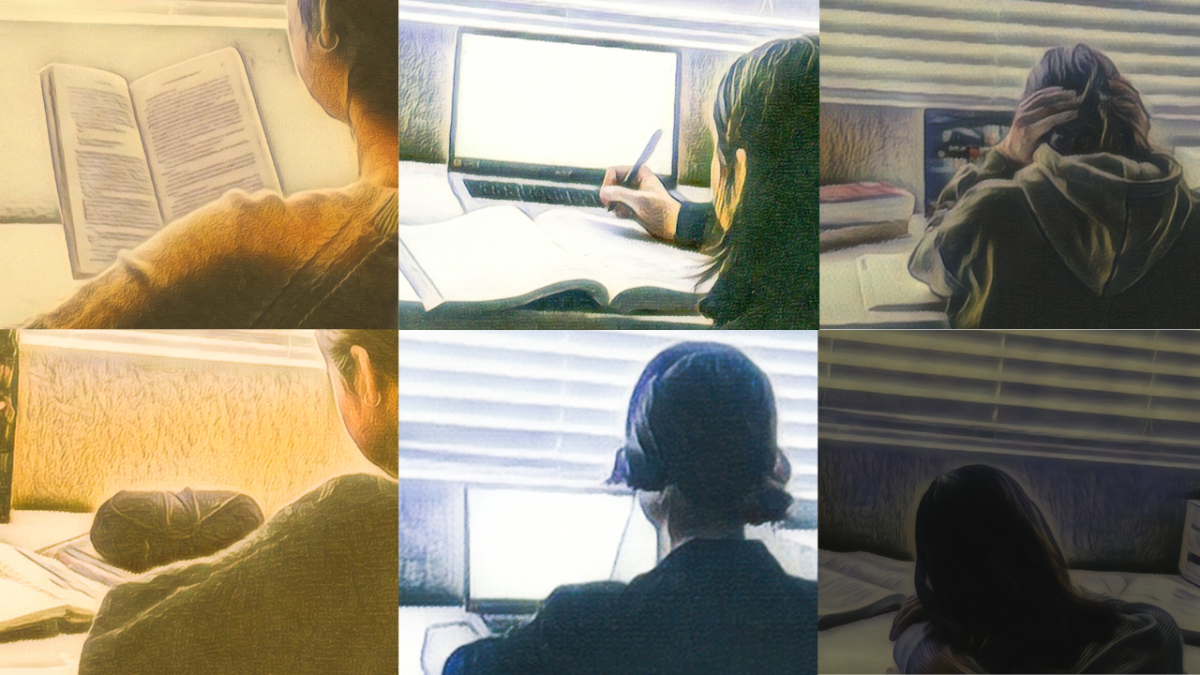Television and its Effect On Suicide Prevention

This is an example of one of the shows that has caused a major buzz around suicide and suicide prevention, for the good and the worse.
May 6, 2017
Suicide is the third leading cause of death for people between fifteen and twenty four years old, however; many different methods have been used to try and contribute to the prevention of this action. Certain actions are proven to be more effective than others, such as suicide hotlines and therapy, yet some debate the effectiveness of more recent means as to draw awareness to the problem, such as movies and television shows, most notably shows such as, “13 Reasons Why”, based off the, “#1 New York Times Bestseller” by Jay Asher. There are both sides as to whether these types of shows do help and bring a much needed awareness to this cause, or if it infact just glorifies the actual cause and the reasons behind why someone would do this to themselves and the people around them. Though it is a subject which many tread lightly upon, is it best to do so, or is it in fact worse to sweep these disorders under the rug and keep them hidden until another day for the sake of its victims?
One side explains how these shows and books do bring an important light of attention to the subject of one killing themselves, and how not only could it affect them as a person but those around them as well. Bringing attention to such actions could provide many benefits such as more sponsors for charities and medical practices that would need the money to supply new medicines and treatments for these victims, as well as just an overall general awareness within homes and families if a member of the family were to be suffering from these internal thoughts. Also, the negative portrayal of these victims on television shows could also contribute to the unappealing nature to the idea itself. The fact that in the show, “13 Reasons Why”, the students alone spiral out of control and can resort to many controling influences such as alcohol and drugs as a result of someone they knew committing suicide, not them themselves. Though this may not stop these actions from taking place, the victims of suicidal thoughts would think much more about whether it is worth it and if they do not care about their family enough to leave them. Dylan Aoyagi (9) provides an alternative to this action that many of these shows try to convey, “If there is nothing to live for then why not make something to live for.”
On the other hand, nearly 30,000 Americans commit suicide a year and shows like this could be promoting such behavior. Many say that they glorify the true nature of suicide and gloss over the mental illnesses caused by and before it. Such as in, “13 Reasons Why”, the premise was about how a student, Hannah Baker, was telling her story of how her fellow peers had been the cause of her death, not herself. Though to a certain extent this could be true, was it really a fair claim? Her peers had done her wrong multiple times, however there were ways to help herself and her solve her issues if she had just been willing. The claim is how shows like these support the “easy way out” per say, and do not address the true cause of the situation. The director, Selena Gomez, however tried to make the ending seem opposite as to what the public against these shows could be saying by stating, “We wanted to do it in a way where it was honest, and we wanted to make something that can hopefully help people, because suicide should never, ever, be an option”.
It is a touchy subject and should not be belittled due to the fact that it is a serious mental disorder that should be addressed, however there must be a way to address and effectively help the victims with these thoughts and urges without glorifying their actions or belittling them as well. Whichever way that is, it is clear that this cause will not be an easy one to shed light upon and diminish anytime soon. The best way to fight it, is to be aware and observing of those with it, for both their sake and those around them.





































